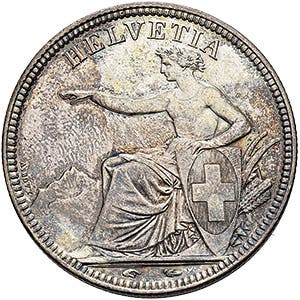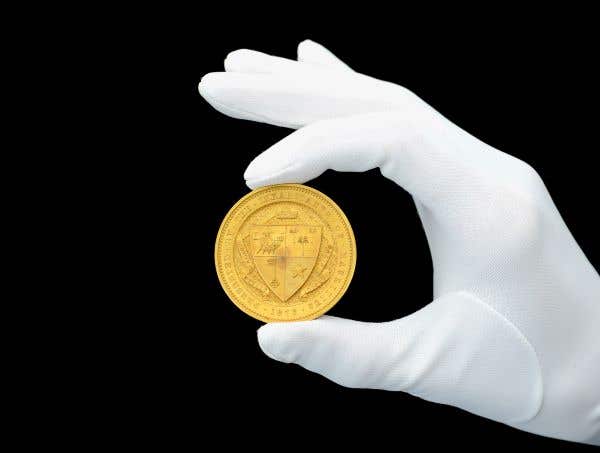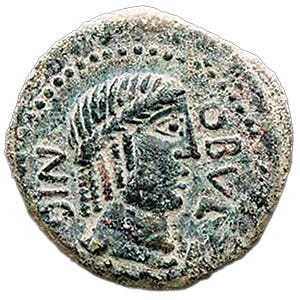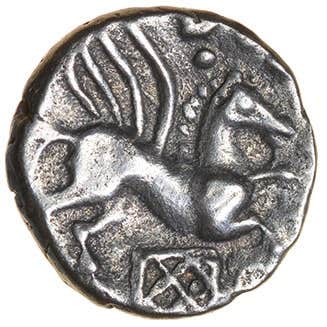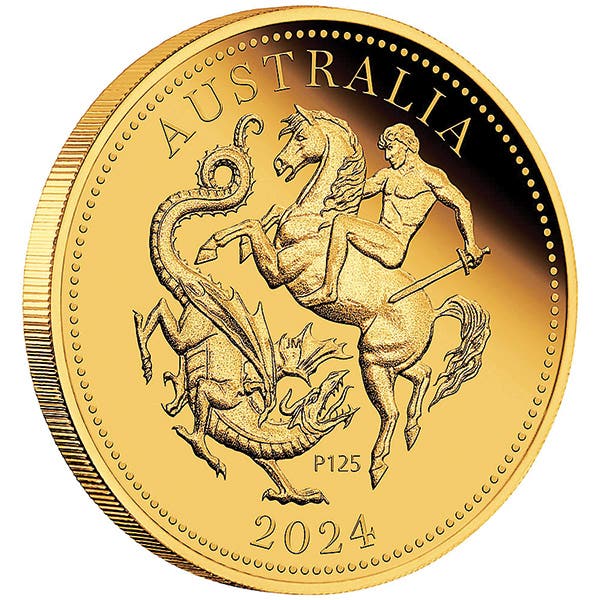Bell coins issued by Polish Mint
Two coins attracted more than passing attention among new issues launched at Berlin’s World Money Fair. In recent years Mennica Polska has produced some remarkable large 3D numismatic works of…
Two coins attracted more than passing attention among new issues launched at Berlin’s World Money Fair. In recent years Mennica Polska has produced some remarkable large 3D numismatic works of art. This year was no exception.
The two were massive, silver, bell-shaped Niuean, 2017 $10 proofs each measuring 40.60×40.60×33.10 mm. Both were struck in four ounces of .999 fine silver.
Each celebrates a major European bell. The outer surface of each bell provides the coin’s reverse with the effigy of Queen Elizabeth occupying the position inside the crown from which the clapper hangs.
One provides an exact miniature of the Royal Sigismund Bell, the largest of five bells hanging in the Sigismund Tower of Kraków’s Wawel Cathedral. It weighs in at almost 13 tons and requires 12 bell-ringers to swing it. It was cast in 1520 by Hans Behem and is named after King Sigismund I who commissioned it.
The coin’s reverse replicates designs and decorations on the actual bell. These include effigies of St. Sigismund bearing the insignia of King of Burgundy and St. Stanislaus holding the crosier of the bishop of Kraków. Also shown are the names of the bell’s casters and the date of completion. Coin mintage is 500.
The Sigismund Bell is regarded as a priceless national treasure. It is rung on religious festivals and national holidays as well as historically important occasions. The latter include the German invasion of Poland in 1939, the eve of Poland’s entry into the European Union in 2004, and the election of John Paul II to the Holy See as well as each of his visits to Poland, his canonization and his funeral.
It has been rung by occupying forces. Hans Frank, governor of German-occupied Poland, did so in 1940 to celebrate his country’s victory over France. And the country’s communist authorities demanded it be rung in 1953 to mark the death of Stalin. When the cathedral’s staff refused to comply, soldiers and party members became bell ringers for the day.
The second $10 proof is modeled on the largest bell in the world: the Kremlin’s Tsar Bell also known as Tsarsky Kolokol and Tsar Kolokol III. It is 20.1 ft. tall, 22 feet in diameter, and weighs over 200 tons. It is presently displayed in the grounds of the Kremlin.
It was commissioned by Empress Anna Ivanovna, niece of Peter the Great, and was cast in bronze admixed with silver and gold. It has never been rung as it shattered prior to completion during a fire in May 1737.
Its surface is adorned with relief images of baroque angels, saints and life-size effigies of Tsar Alexey and Empress Anna. All are reproduced on the coin. Mintage is 999.
This article was originally printed in World Coin News. >> Subscribe today.
More Collecting Resources
• Subscribe to our monthly Coins magazine - a great resource for any collector!
• Keep up to date on prices for Canada, United States and Mexico coinage with the 2017 North American Coins & Prices guide.




